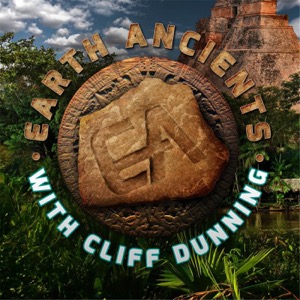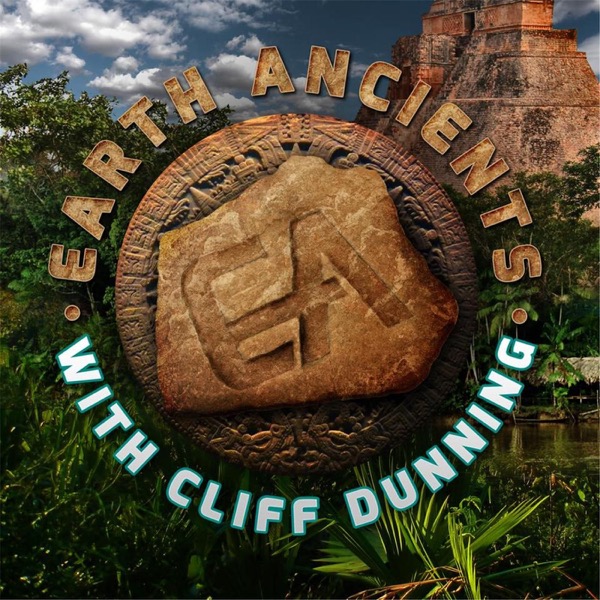Dr. Edwin Barnhart: Lord Pacal and the Maya City of Palenque
Earth Ancients - En podcast av Cliff Dunning

Kategorier:
Pre-Hispanic City and National Park of PalenqueA prime example of a Mayan sanctuary of the classical period, Palenque was at its height between AD 500 and 700, when its influence extended throughout the basin of the Usumacinta River. The elegance and craftsmanship of the buildings, as well as the lightness of the sculpted reliefs with their Mayan mythological themes, attest to the creative genius of this civilization. The archaeological site of Palenque in the state of Chiapas is one of the most outstanding Classic period sites of the Maya area, known for its exceptional and well conserved architectural and sculptural remains. The elegance and craftsmanship of the construction, as well as the lightness of the sculpted reliefs illustrating Mayan mythology, attest to the creative genius of this civilization.The city was founded during the Late Preclassic, which corresponds to the beginning of the Christian era. Its first inhabitants probably migrated from other sites in the nearby region. They always shared the cultural features which define the Maya culture, as well as a level of development that allowed them to adapt to the natural environment. After several centuries, ca. 500 A.D., the city rose to be a powerful capital within a regional political unit. Without a buffer zone the total area of the archeological site is 1780 hectares, 09 areas and 49 square meters and 1,400 buildings have been recorded, of which only about 10% have been explored.Palenque has been the object of interest of numerous travelers, explorers and researchers since the 18th century. It illustrates one of the most significant achievements of mankind in the American continent. The ancient city has a planned urban layout, with monumental edifices and some of the largest clearings found in all the Maya area. Numerous residential areas with habitation units, funerary, ritual and productive activity areas were placed around the administrative and civic ceremonial centre. The palencano style is unique for its high degree of refinement, lightness and harmony. It includes buildings with vaulted roofs upon which pierced crestings emphasized its height. Its architecture is also characterized by its interior sanctuaries and modeled stucco scenes found on its freezes, columns, walls, crests, as well as ogival vaults, vaulted halls connecting galleries and T-shaped windows, among other unique architectural features. The sophisticated architectural designs and the rich decoration reflect the history and ideology of the ruling class and incorporate the writing and calendaric systems. The architecture of the site is integrated in the landscape, creating a city of unique beauty.Maya Exploration Center Director Dr. Ed Barnhart has almost three decades of experience as an archaeologist, an explorer and an instructor. He is a Fellow of the Explorers Club, has published many papers, and appeared in over a dozen documentaries about ancient civilizations. His involvement in Maya studies began in 1990 as an archaeological intern in the ruins of Copan, Honduras. In January of 1996 he was invited to return to Copan and help the University of Pennsylvania excavate the early acropolis and the tomb of the city's lineage founder.From 1992-1995 he had been studying art, iconography and epigraphy (hieroglyphic translation) under the late Dr. Linda Schele at the University of Texas at Austin. During that same time he worked across the State of Texas as a contract archaeologist.In 1994 he began working as a surveyor and a UT field school instructor in the jungles of Northwestern Belize. After finding numerous small villages, Dr. Barnhart discovered the ancient city of Ma'ax Na (Monkey House), a major center of the Classic Maya Period. He mapped over 600 structures at Ma'ax Na between 1995 and 1997 before moving his research focus to Chiapas, Mexico. Also while in Belize, Dr. Barnhart worked with the Belize Post Classic...

